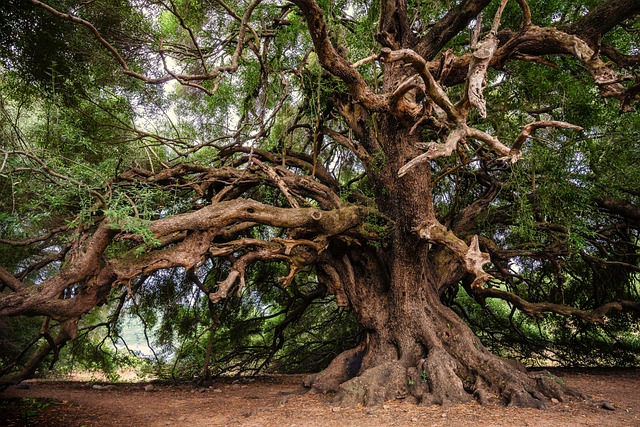Introduction
Tree surveys are a vital part of understanding and managing the environment. They provide valuable information about the health, species diversity, and overall condition of trees in a given area. Whether you are an environmental professional or simply interested in learning more about trees, this guide will help you get started with tree surveys. For anyone in the Hampshire area, I would recommened having a look at tree survey Hampshire.
Why Conduct a Tree Survey?
There are many reasons why conducting a tree survey is important. Here are just a few:
- Environmental Management: Tree surveys provide crucial information for environmental management and planning. They help identify areas that require special protection or care, potential risks such as disease or pests, and opportunities for restoration.
- Species Identification: By conducting a tree survey, you can learn about the different types of trees in your area and their unique characteristics. This can help you better understand the local ecosystem and how it functions.
- Tree Health Monitoring: Tree surveys allow for the early detection of threats to tree health, such as diseases or pests. By monitoring tree health regularly, appropriate management actions can be taken to prevent or mitigate damage.
- Educational Purposes: Conducting a tree survey can also be a great learning experience. It allows individuals to understand the importance of trees in their environment and how to care for them properly.
Getting Started
Before conducting a tree survey, it is important to have a basic understanding of tree identification and survey methods. Here are some steps to get you started:
- Learn about Tree Identification: Familiarize yourself with the different types of trees in your area. You can find information at local libraries, online resources, or by attending workshops and events.
- Choose a Survey Method: There are several methods for conducting tree surveys, such as visual inspections, transects, and plot sampling. Choose a method that is suitable for your purpose and level of expertise.
- Gather Tools and Equipment: You will need some basic tools for your survey, such as a measuring tape, compass, field notebook, and camera.
- Select the Survey Area: Determine the boundaries of your survey area and mark them with flags or tape.
- Conduct the Survey: Follow your chosen survey method to collect data on trees in the designated area. Record information such as tree height, diameter, species, and overall condition.
- Analyze the Data: Once your survey is complete, analyze the data to identify patterns and trends. This can help you draw conclusions about the health and diversity of trees in your survey area.
Resources for Tree Surveys
There are many resources available to help beginners with tree surveys. Here are a few to get you started:
- Field Guides: Field guides provide detailed information on tree identification, including images and descriptions of different species.
- Online Databases: Many organizations and agencies have online databases with information on tree species and their characteristics.
- Local Experts: Consider reaching out to local arborists or conservation experts for guidance and advice on conducting tree surveys in your area.
- Workshops and Events: Attend workshops or events focused on tree identification and survey methods to gain hands-on experience and learn from experts.
Conclusion
Tree surveys are an important tool for understanding and managing the environment. By learning about tree identification, choosing a suitable survey method, and utilizing available resources, beginners can conduct effective tree surveys and contribute to the conservation of trees in their area. So go out, explore your surroundings, and discover the wonderful world of trees through tree surveys! So don’t wait any longer, get started with your own tree survey today! Remember, every little bit counts when it comes to protecting our precious natural resources.
Happy surveying! 🌳🌲
